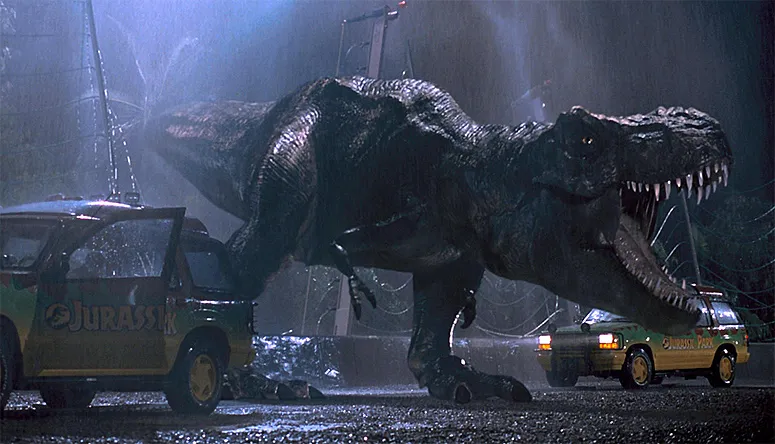Arm Day at the Gym Apparently Not a Thing for Newly Found, Tiny-Armed Dino
Turns out T. rex doesn’t have a copyright on those adorably awkward, itty-bitty arms
/https://tf-cmsv2-smithsonianmag-media.s3.amazonaws.com/filer/aa/b4/aab45b78-387f-45bb-8ba6-45244d45c0f0/escena_final_prensa.jpg)
In paleontology, you’re always most likely to find something on the very last day of the season. That’s what happened in 2007, when a multi-institution team of paleontologists was poking around Patagonia’s Huincul Formation looking for one last find. “It’s the last day, you’d better find something good!” Field Museum paleontologist Pete Makovicky joked to the team. Then Akiko Shinya, his lab preparator, did just that. A few moments after Makovicky’s command, Shinya found the first signs of an unusual dinosaur with an unexpected connection to the celebrated Tyrannosaurus rex.
The new dinosaur, described today by Makovicky and coauthors in the journal PLOS ONE, only survived in pieces: part of the spine, belly ribs, tail, hips, hind limbs, and arms were recovered. However, taken together, these parts represent a species of dinosaur not seen before in the approximately 94-million-year-old boneyard of northern Patagonia. The researchers have named it Gualicho shinyae, with the species name honoring Shinya for her 11th hour discovery. Gualicho refers to a Spanish name for a local goddess later reinterpreted as a wellspring of bad luck. “The name was chosen to reflect the difficult circumstances surrounding the discovery and study of the specimen,” the paleontologists write, “and its contentious history following excavation.”
Gualicho’s most striking feature is one some might see as its most pathetic: Like T. rex, the arms of Gualicho are short and spindly, with only two prominent fingers. The remnant of the third finger is reduced to a tiny splint. This wouldn’t be surprising in a tyrannosaur, but Gualicho is no T. rex: the dinosaur belonged to a group that included Allosaurus and its kin—predators that usually have been found with longer arms and three functional fingers. No one had found an allosaur with arms like this before, making the find a puzzling one for paleontologists. “The reduction of the hand and number of digits is particularly striking,” says University of Southern California paleontologist Michael Habib, who was not involved in the research.
So apparently arm day at the gym was not a thing for Gualicho, just as it wasn’t for Tyrannosaurus, the stubby-armed Carnotaurus, and other predatory dinosaurs that independently evolved abbreviated forelimbs. The question facing paleontologists is: why so small?

Smaller arms and hands in dinosaurs like Gualicho, Tyrannosaurus, Carnotaurus, and others, says University of Maryland paleontologist Thomas Holtz, Jr., “is almost certainly due to the shared reduction in function in said limbs.” Thinking in terms of how these dinosaurs hunted, Holtz says that this almost certainly marks “a shift to head-only prey acquisition and dispatch.”
That is, long arms with meathook claws may not have been much benefit to Gualicho and other carnivores. “The forelimbs of most theropods likely had only limited function,” Habib says, meaning that smaller forelimbs, while silly-looking, might not have been a disadvantage. Quite the opposite: “Reducing the arms was probably ‘beneficial’ in that they got them out of the way of the more powerful jaws,” says Holtz, who was also not involved in the research. More than that, Habib points out that “The most obvious advantage to having short arms for a terrestrial carnivorous dinosaur is the associated increase in available space for neck muscles to anchor to the torso.”
In other words: smaller arms, better bite.
/https://tf-cmsv2-smithsonianmag-media.s3.amazonaws.com/accounts/headshot/RileyBlack.png)
/https://tf-cmsv2-smithsonianmag-media.s3.amazonaws.com/accounts/headshot/RileyBlack.png)